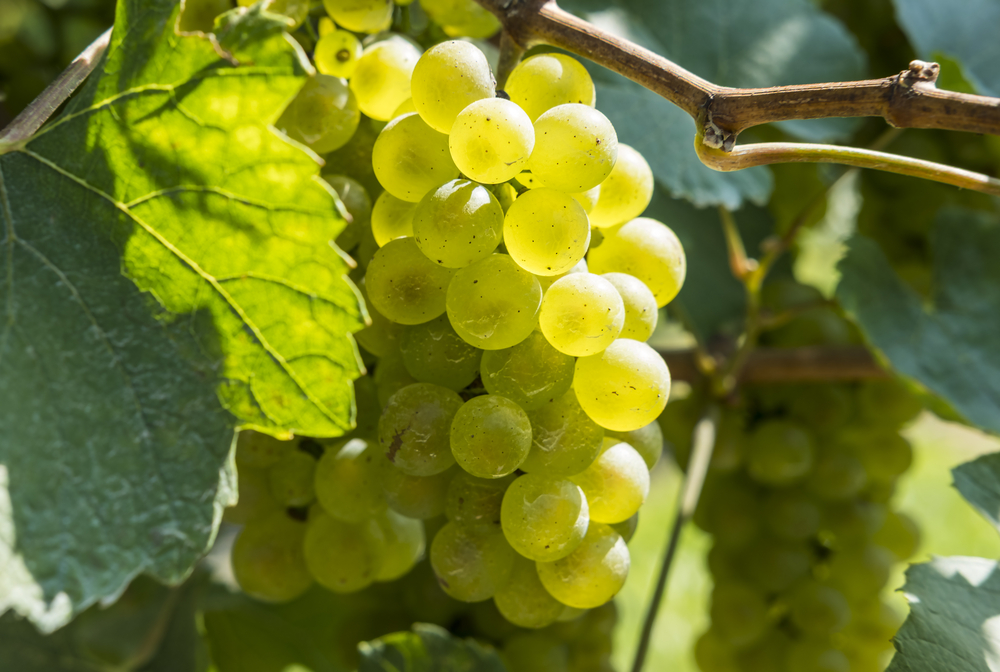There are wine drinkers out there who are proud members of the ABC club – they’ll drink “Anything But Chardonnay” and make it publicly known. Chardonnay is just one of those grapes that people seem to love or loathe. We embarrassingly fell into the latter category at one point, but to be fair, that was before learning about the versatility of this widely-planted variety. We think that the haters out there just haven’t experienced the wide range of styles that Chard is capable of expressing.
Here’s the thing: Chardonnay isn’t particularly aromatic, which means the grape alone isn’t going to yield a flavor-bomb wine like you would with Sauvignon Blanc or Gewürztraminer. But that’s where winemakers get to have a little fun. Set aside your preconceived notions and check out three of Chard’s shining moments.
- Unoaked – When a wine isn’t fermented or aged in oak, the true nature of the grape comes through vividly. For Chards from cooler areas (mostly from the Old World), this means brighter acidity and fresh flavors of apple, lemon, white flowers, and minerals. Burgundy’s Chablis is one of the finest examples of crisp, clean, cool-climate Chard. When grown in warmer climates (generally from the New World), its flavors are riper and more tropical (mango, pineapple, meyer lemon, citrus curd), with a richer texture and slightly less acidity. Great examples come from New Zealand and Australia. Unoaked Chards are not as easy to find, but they’re our personal favorite. This is the style that opened our eyes to Chardonnay and the reason why we no longer talk trash on this multifaceted grape.
- Oaked – Oak is usually the reason why people dislike Chardonnay. When fermented or aged in oak barrels, Chard can pick up aromas and flavors of vanilla, baking spices, creme crème brûlée, baked apple, butterscotch, coconut, smoke, and toasted nuts (almonds and hazelnuts). Oak barrels can also add body and texture to the wine. In Burgundy, oak flavors are generally restrained, and the cooler climate means that the wines will still have bright acidity and citrusy notes. These wines will offer a kiss of oak, but the flavors of the grape will still show through. If you’re a fan of big oak flavors in a wine and enjoy full-bodied whites, look for examples from California – especially from Napa Valley. Oak is tricky when it comes to Chard because it can be overdone and overwhelm the delicate flavors of this grape. The key is all about balance, but unfortunately, some winemakers get a little heavy-handed with the use of oak.
- Sparkling – Chardonnay is one of the three grapes allowed in the production of Champagne. It takes quite well to the yeast, biscuit, brioche, and toasted aromas and flavors that develop from the traditional method of sparkling wine production. In fact, some producers choose to make bubbly wine from just Chard. These bottles are labeled “Blanc de Blancs” and are delicate, minerally, and complex. If you think you don’t like Chardonnay but love sparkling wine and Champagne, a Blanc de Blancs will definitely change your mind!
Is your mind blown yet? Are you completely shocked at this variety’s adaptability? Go on – give Chardonnay a second chance. And if you’re still not sure, maybe you need a try some Domaine Leflaive Bâtard-Montrachet Grand Cru. If a $6,000 bottle of Burgundian Chard doesn’t convince you, nothing will. Or for a less expensive alternative, find Chardonnay in our ever-changing selection at WTSO.



